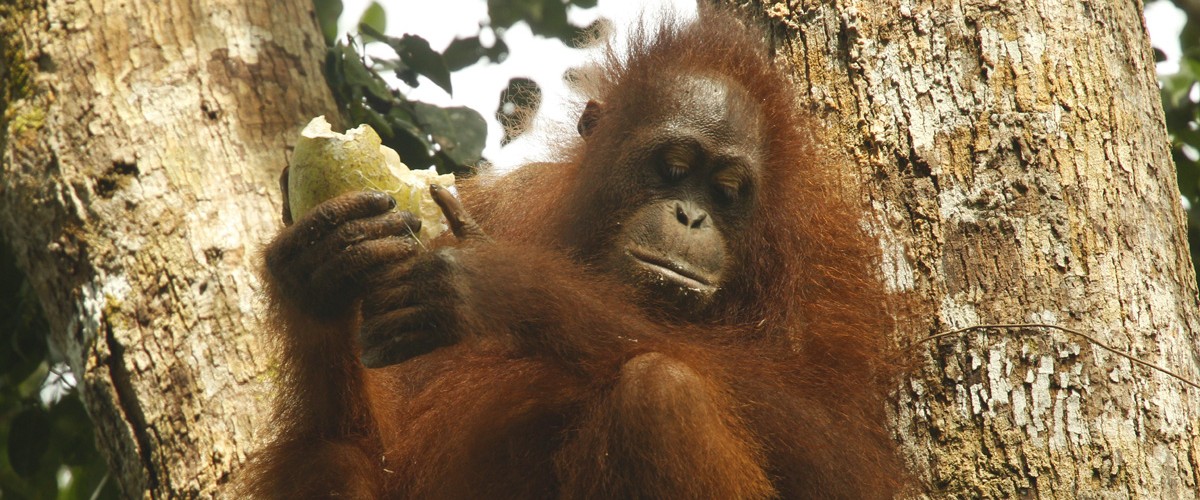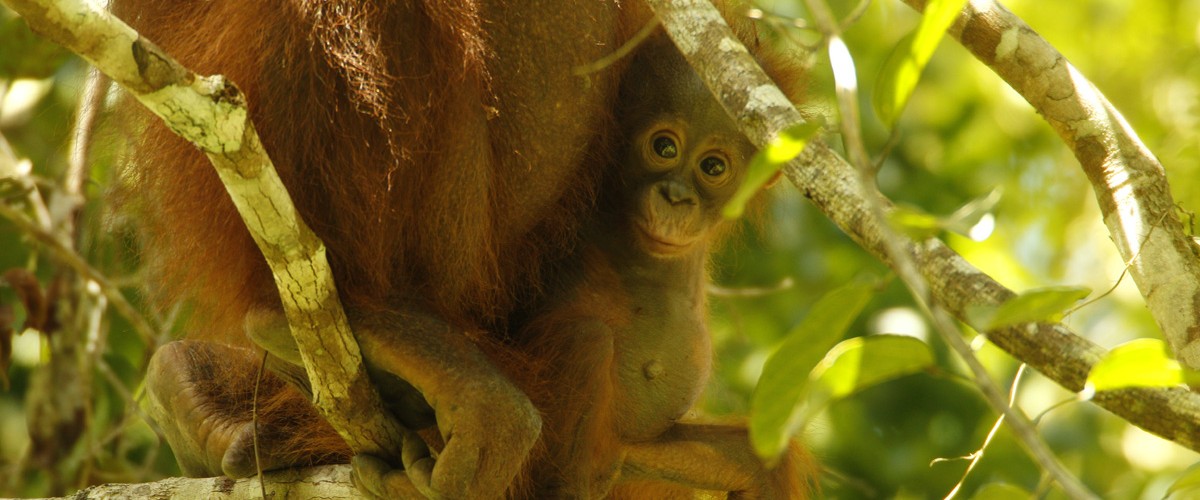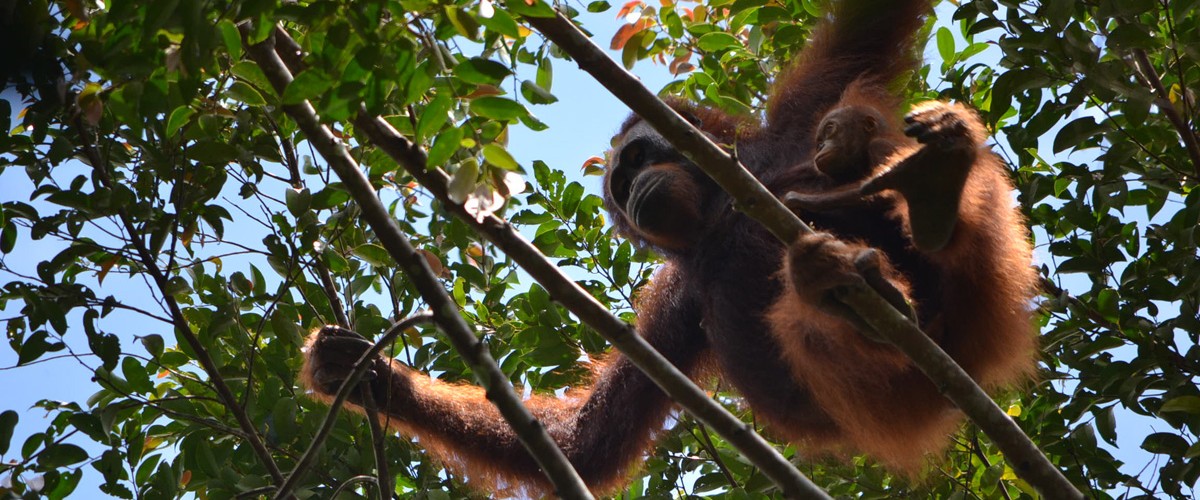By Cassie Freund, GPOCP Program Director
At the end of April, GPOCP”s Sustainable Livelihoods team welcomed over 80 traditional artisans and supporters from across Indonesia for the 4th annual Weaver Meeting, a yearly activity for members of the Craft Kalimantan network. Craft Kalimantan is a consortium of six non-profit organizations that work together to promote traditional handicrafting and to conserve the natural materials that talented artisans across Kalimantan use to create craft products. GPOCP works directly with four groups of local artisans living in the Gunung Palung National Park buffer zone, with the goal of helping artisans secure additional income from sustainable activities so that they no longer need to encroach into the Park to obtain the resources they need to support their families.
This was the first time that GPOCP had hosted this meeting. Participants came from Yayasan Riak Bumi, NTFP-EP Indonesia, Yayasan Dian Tama, JMM Cooperation and GPOCP. The crafters all gathered in Sukadana with the goal of learning new skills and networking with each other. This year was also the first year that YAPUDA, a Papuan community development organization, participated in the event, which was very exciting for us. Finally, several artisans from the nearby villages of Sedahan Jaya and Tanjung Gunung attended, along with craftswomen from a remote area to the northeast of Gunung Palung National Park. The Weaver Meeting, which lasted two full days, included presentations for the artisans by GPOCP, Craft Kalimantan, the Kayong Utara regency Department of Tourism, and the Gunung Palung National Park Office, as well as long training sessions during which artisans taught each other their favorite crafts and how to weave with a variety of different plant materials. We ended the two-day meeting with a field trip to several important places around Sukadana, including a small gallery where crafts made by the GPOCP artisans are sold and some scenic spots near the National Park and on the beach.
My favorite part of the meeting was that all of the participants brought some of their handmade products to sell. There were bamboo baskets with intricate Dayak motifs, bracelets and earrings made of pandan and rotan (types of rainforest plants), cups made of carved coconut shells, and hand-dyed woven cloth with patterns from both West and East Kalimantan. I bought three things and probably could have purchased several more! We invited some of the staff from ASRI, another conservation NGO in Sukadana, to come and shop as well and they were all blown away by the variety and quality of products that the participants had made. This is important because the more people that know about these handicrafts, the bigger the market will grow and the more incentive that the artisans will have to not only keep their traditions and culture alive, but also to protect the forest and the orangutans that live in it. Overall the 4th annual Weaver Meeting was a huge success and we”re looking forward to continually strengthening our ties with Craft Kalimantan in the future.











